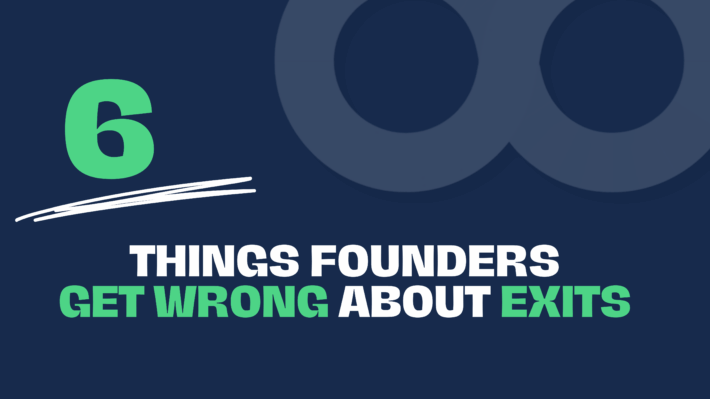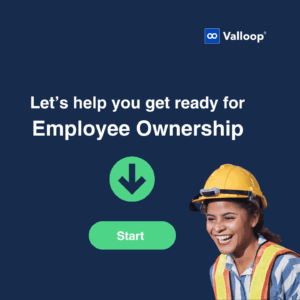The Power of a ‘Voice’

By Baroness Sharon Bowles of Berkhamsted
I’ve had the pleasure of serving as a non-executive director on the board of Valloop for several years. My journey with Valloop began when I was introduced to Stephen and Jim and their innovative approach to employee ownership shortly after chairing the ‘Ownership Dividend’ inquiry. The Valloop vision resonated deeply with my commitment to inclusiveness and sustainable business practices. Joining the board was a natural choice, as it allowed me to contribute to a model that empowers employees and helps to transform businesses from within.
It represents a unique and powerful form of inclusiveness that extends far beyond financial incentives.
For those who are unfamiliar with employee ownership, it is an alternative business model in which employees own a stake (shares, for example) and, more importantly, have a voice in how the company they work for is run. This is where it can truly make an impact.
A key factor that I found with Valloop was a practical financial solution to enable many more companies to transition, and at scale, employee ownership can be beneficial for entire communities as well as individuals.
The Whoosh Effect
By encouraging an environment where employees feel genuinely responsible for the company’s success, businesses can unlock a level of engagement and initiative that helps drive significant improvements in performance.
“I call this the ‘Whoosh Effect”
By this, I mean the effect of catapulting employees into a state of ownership and involvement from which they were previously excluded. Imagine one day you’re working 9-5, and the next, you have a stake in the company, and people are welcoming your opinion. No longer is there idle chatter and false hope; instead, there’s transparency and a reality that gathers momentum – the Whoosh Effect!
There are some great statistics to highlight this impact. For instance, “83% of those surveyed reported increased employee engagement and motivation, and 73% reported increased job satisfaction since adopting an employee ownership model.”
This is just a snapshot of how the model improves culture and engagement and can help find its way to the bottom line.
The Distinction Between Share Incentives and Ownership Through ‘Voice’
Traditional share incentive schemes primarily focus on financial rewards, offering employees a stake in the company’s success through shares. While this approach aligns personal financial gain with company performance, it often falls short in nurturing a genuine sense of ownership. In contrast, true employee ownership is about more than just monetary incentives; it’s about empowering employees to feel and act as if the business is their own.
The essence of this ownership is encapsulated in the concept of ‘voice’. When employees are encouraged and empowered to speak up, share ideas, and participate in decision-making processes, they develop a deeper emotional and psychological investment in the company. This inclusiveness transforms their role from mere workers to proactive stakeholders.
The Behavioural Impact of ‘Voice’
When employees have a voice, they are often given the confidence to exhibit behaviour that goes beyond their job descriptions. This proactive engagement can manifest in numerous ways, from small suggestions that improve daily operations to bold initiatives that drive significant business transformation. The key is that employees no longer fear being told to ‘mind their own business’ because they genuinely see it as their business.
I’ve personally come across some great examples – more than I can remember, but a few that stand out are:
- Relocations – Recognising the need for larger premises to accommodate growth, employees took it upon themselves in their own time to identify potential locations, evaluate options, and present their findings to management. This level of initiative not only saved the company time and resources but also demonstrated a deep-seated commitment to the company’s future. In another instance employees took the incentive to work out a compromise single location rather than premises in two towns which managers had feared to suggest.
- Addressing inefficiencies in workflows and proposing innovative solutions that streamline processes, improve productivity, and enhance customer satisfaction are often reported. . Examples extend from making economies through better stock control to finding new suppliers and customers or creating whole new product ideas. Even when it doesn’t work, everyone understands and appreciates the effort – the anecdote of a janitor diluting the washroom soap which then squirted all over the CEO is still gleefully told by that CEO.
Making Employee Ownership more accessible
The tangible impact of encouraging an inclusive environment where employee voice is valued creates a productive loop of employee confidence, engagement, staff retention, innovation, performance, reputation and reward.
And when employee ownership is widespread in a community it helps with regeneration and increasing base levels of income.
The obstacles to conversion to employee ownership have previously been understanding, assessment, finance, information and timescale for reorganisation. This is now all being made available and more accessible in Valloop’s model.





